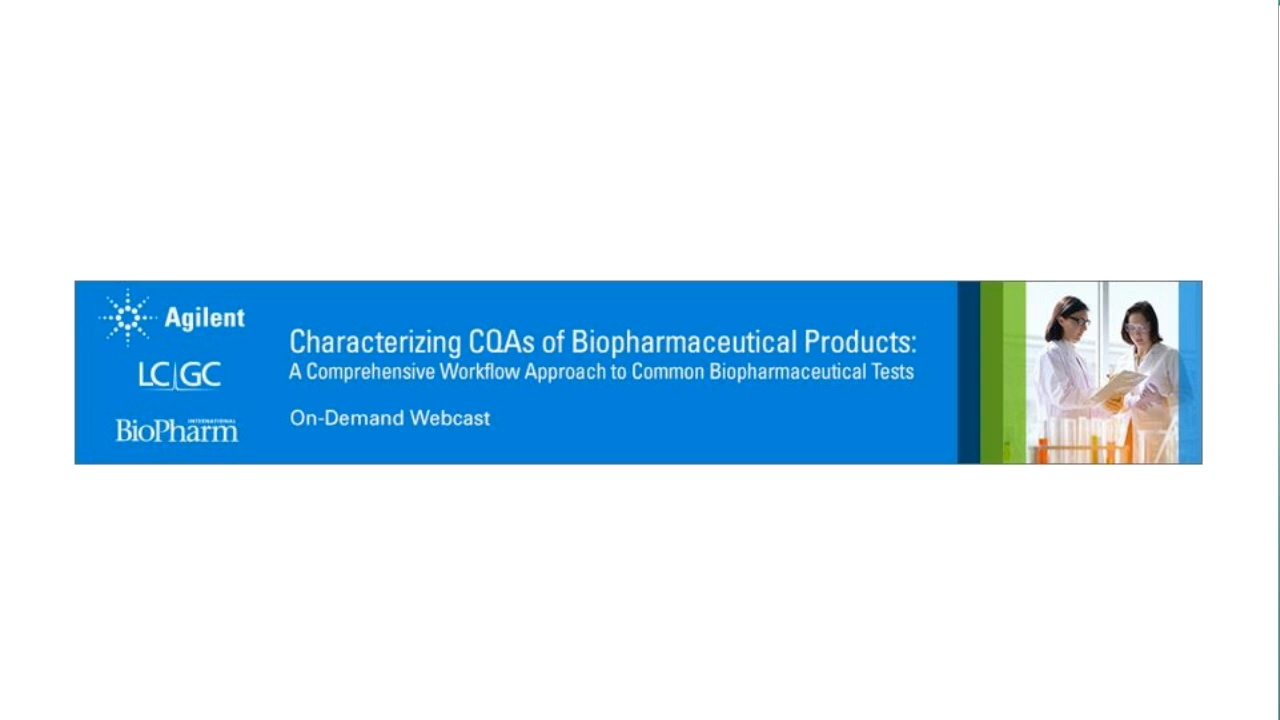Using the Stratum PTC for Newly Proposed US EPA Method 524.3
The Application Notebook
Purge and trap concentration (P&T) along with gas chromatographic analysis is a widely used method for the detection of volatile organic compounds (VOCs). This methodology was developed to achieve the high sensitivity necessary to determine VOCs in drinking water according to EPA Method 524.2. Research is now complete and the EPA currently proposes a revision to this method that may include a revised list of analytes including iodinated trihalomethanes, fuel oxygenates, and Contaminant Candidate List 3. This new method will be 524.3 and may include new parameter optimizations not previously permitted in 524.2 as well as the ability to use selective ion monitoring (SIM) analysis for troublesome compounds.
Purge and trap concentration (P&T) along with gas chromatographic analysis is a widely used method for the detection of volatile organic compounds (VOCs). This methodology was developed to achieve the high sensitivity necessary to determine VOCs in drinking water according to EPA Method 524.2. Research is now complete and the EPA currently proposes a revision to this method that may include a revised list of analytes including iodinated trihalomethanes, fuel oxygenates, and Contaminant Candidate List 3. This new method will be 524.3 and may include new parameter optimizations not previously permitted in 524.2 as well as the ability to use selective ion monitoring (SIM) analysis for troublesome compounds.
To accommodate the proposed guidelines of this method, Tekmar performed a purge efficiency (PE) evaluation using our P&T technology, the Stratum Purge and Trap Concentrator (PTC). The Stratum is a new generation and enhanced PTC recently introduced. The Stratum offers innovative U-shaped analytical and condensate traps, proprietary sorbent materials, independently controlled electronic mass flow controller, siltek coated sample pathway, and other enhancements, providing improvements over earlier PTCs.
Analysis was done in conjunction with the EPA where overall efficiency data was provided. Tekmar collected PE data using a normalized analysis run consisting of an 11 min purge time and 40mL/min purge flow for water sample analysis.
Experimental-Instrument Conditions
An Agilent 6890/5973 GC–MS, Stratum PTC and SOLATek 72 were used for this analysis. Results and findings were obtained through the use of a 20m × 0.18mm × 1.0μm RTX-VMS fused silica capillary column (Restek Corporation). The mass spectrometer detector scanned in the full scan mode from 35-350m/z at 5.27 scan/sec.
Data Results
Stock standards were prepared and 25-replicate samples at 20ppb were analyzed taking the average response of all replicate samples as the mean generated percent recovery data. The results for this analysis were impressive with the recovery for all targets analyzed at approximately 90% or higher. RSD values were well below the 10% range.
Data collected by the EPA utilized the Stratum PTC along with the AQUATek 70. Both the concentrator and autosampler were connected to an Agilent GC–MS system using the same type of analytical column and instrument parameters as those in the studies performed at Tekmar.
The EPA agreed to share with Tekmar the data collected during their initial method development work. Overall efficiencies (OE) were calculated from this data. It is important to note that OE is the recovery relative to on-column injection, it includes purge efficiency, trapping efficiency, desorb efficiency, and transmission through the entire sample path. OEs are expected to be lower, how much may be technique and compound dependent. The EPA reported that the purge efficiency data collected averaged approximately 90% for the proposed target list. Proposed target analytes from the Contaminant Candidate List were evaluated for OE as well. These compounds did well using the Stratum PTC with RSDs under 10%.
Conclusion
OE can be influenced by temperature, extraction volume and sample size as well as the hardware used to extract the sample. The Stratum has the capabilities to manipulate all of these factors to increase the efficiency recoveries. By employing an electronic mass flow controller the entire key functions such as purge volume, water management, desorption, and clean-up can be independently controlled though the input of the user interface. This eliminates the need for manual pressure and flow setting traditionally associated with P&T. As the EPA continues to investigate compounds and controlling conditions, the Stratum will aid in ease of use and improve precision and accuracy required by today's demanding environment.

Teledyne Tekmar
4736 Socialville Foster Road, Mason, Ohio 45040
tel. (800)874-2004, (513)229-7000, fax (513)229-7050
Website: www.teledynetekmar.com

Separation of Ultra-Short and Long Chain PFAS Compounds Using a Positive Charge Surface Column
December 11th 2024A separation of ultra-short and long chain PFAS (C1-C18) is performed on a HALO®PCS Phenyl-Hexyl column along with a HALO®PFAS Delay column which demonstrates excellent retention for both hydrophilic and hydrophobic analytes.
















